Engineers of the Chang'e 6 mission will not be able to reunite with their families during the Lunar New Year to prepare for the launch to the Moon next May.
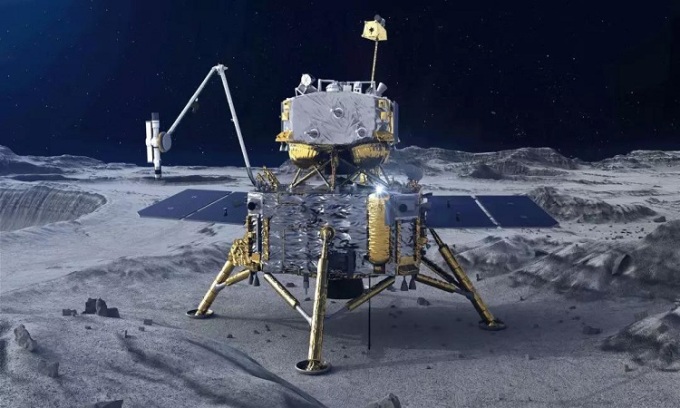
Simulation of Chang'e 5 lander operating on the Moon. Photo: CGTN
The Chang’e 6 mission is the first attempt to collect samples from the far side of the Moon and bring them back to Earth for analysis. The launch is scheduled for around May, Space reported on February 15.
Parts of the Chang'e 6 spacecraft were transported to the Wenchang Spaceport on Hainan Island in early January. There, a team of engineers and researchers, many with experience from the 2020 Chang'e 5 mission, tested and adjusted the equipment.
The Lunar New Year period is also a crucial period for the Chang’e 6 mission, according to Zhang Yang, the mission’s managing engineer. “We have to make sure the spacecraft is in good condition, and every step we take is quality-assured,” Zhang said. Unable to return home to see their families, team members have been communicating with loved ones from afar.
The Chang'e 6 mission is expected to last 53 days. The mission's lander will land in the giant Apollo crater on the far side of the Moon, collecting about 2 kg of lunar soil and rocks using a shovel and drill.
The Chang'e-6 complex mission consists of four vehicles - an instrument module, a lander, a lunar launch vehicle and a re-entry capsule. The Queqiao-2 relay satellite, scheduled for launch in February or March, will also support the mission. This satellite will relay communications between ground stations and the Chang'e-6 spacecraft because the far side of the moon cannot be seen from Earth.
After collecting the lunar samples, the lander will load them onto a launch vehicle and launch them into lunar orbit. While in orbit, the launch vehicle will dock with a waiting instrument module. The module will receive the precious cargo, then return to Earth and deploy the re-entry capsule. Its job is to protect the samples as they re-enter Earth’s atmosphere and land safely on a parachute.
Analyzing samples from the far side of the Moon could provide new information about why the near and far sides of the Moon are so different, about the history of the Moon, and the evolution of the solar system.
Thu Thao (According to Space )
Source link



![[Photo] Prime Minister Pham Minh Chinh meets with US business representatives](https://vphoto.vietnam.vn/thumb/1200x675/vietnam/resource/IMAGE/2025/5/13/5bf2bff8977041adab2baf9944e547b5)
![[Photo] Prime Minister Pham Minh Chinh receives Ambassador of the French Republic to Vietnam Olivier Brochet](https://vphoto.vietnam.vn/thumb/1200x675/vietnam/resource/IMAGE/2025/5/13/f5441496fa4a456abf47c8c747d2fe92)
![[Photo] President Luong Cuong attends the inauguration of the international container port in Hai Phong](https://vphoto.vietnam.vn/thumb/1200x675/vietnam/resource/IMAGE/2025/5/13/9544c01a03e241fdadb6f9708e1c0b65)

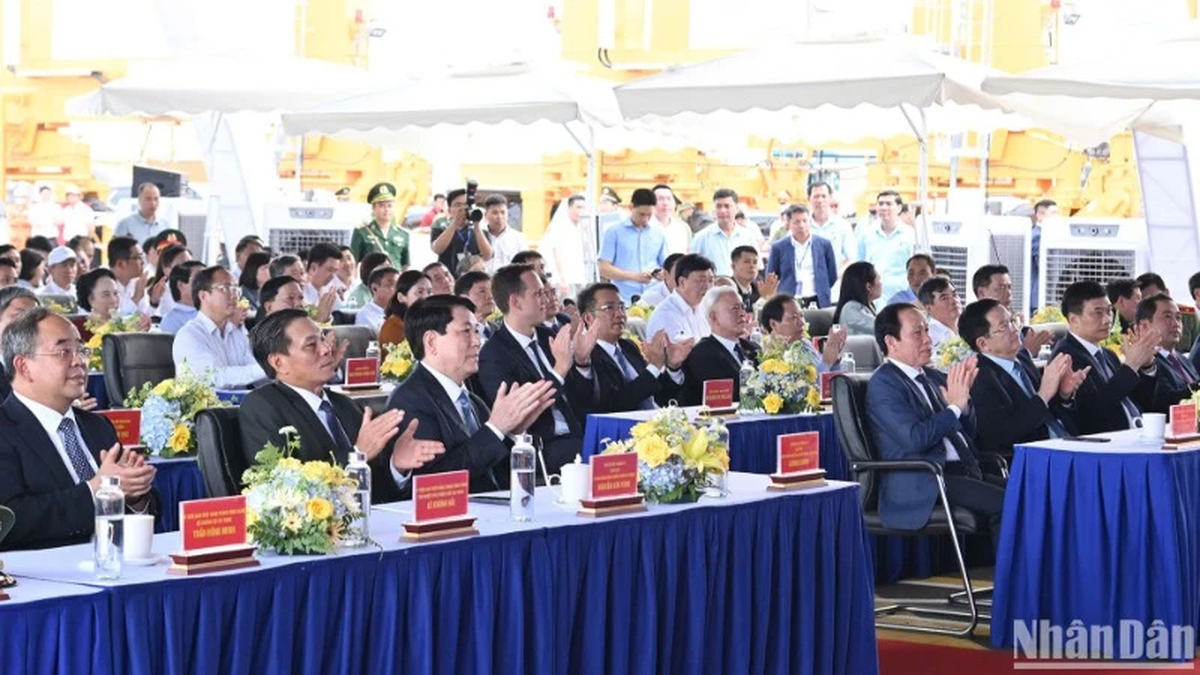


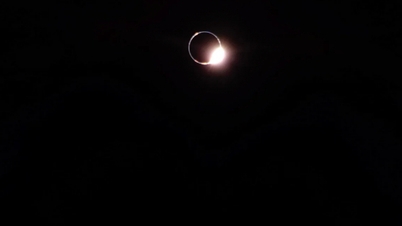


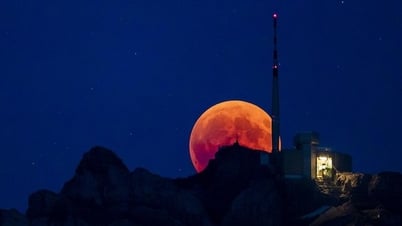


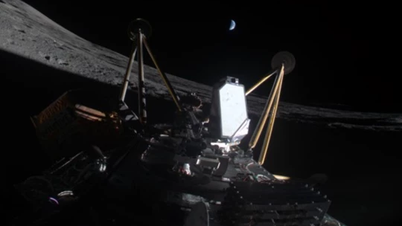
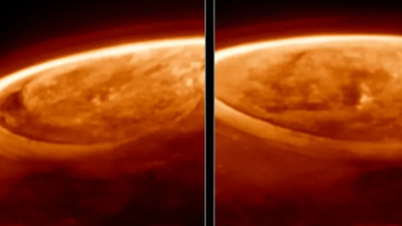
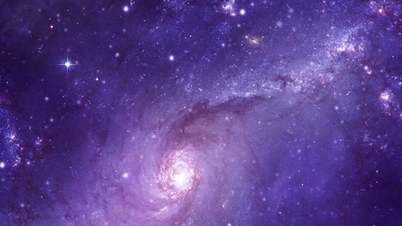
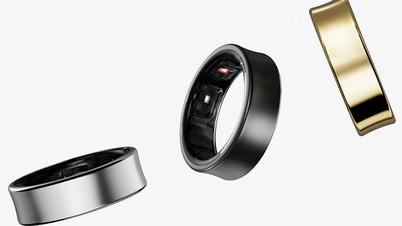
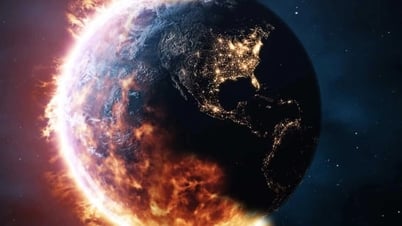
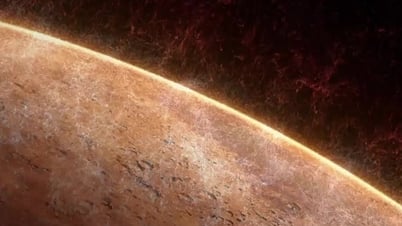
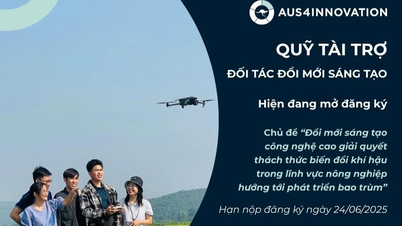












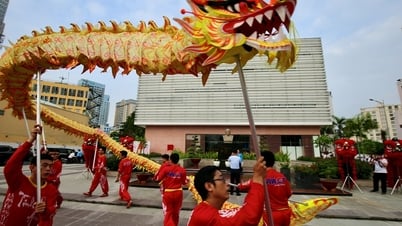

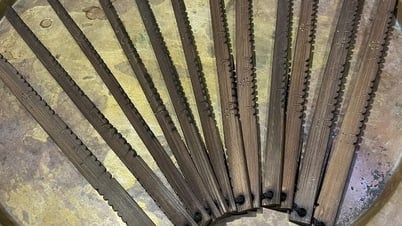

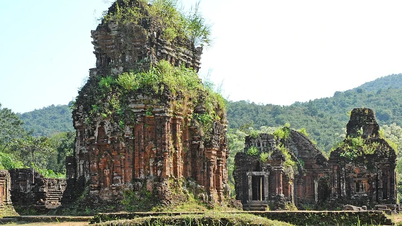

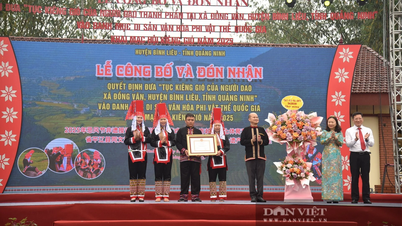

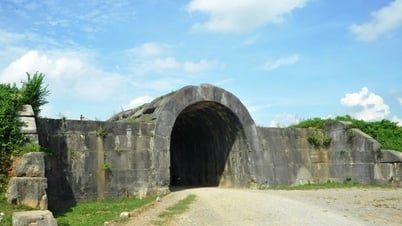
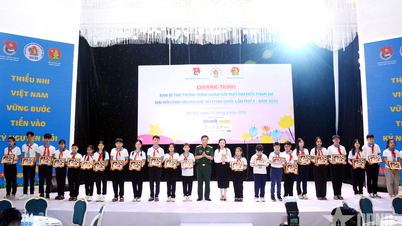





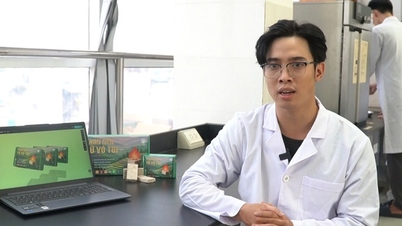
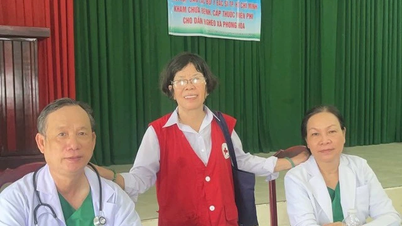

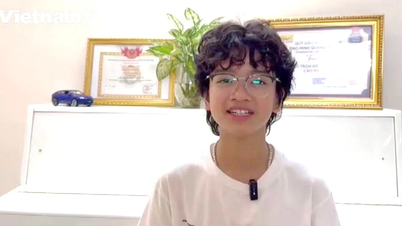




























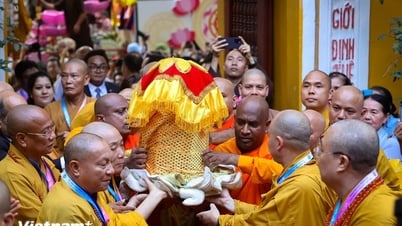

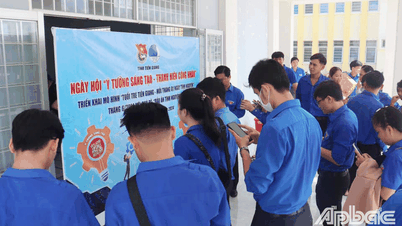



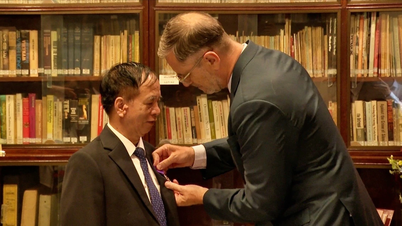

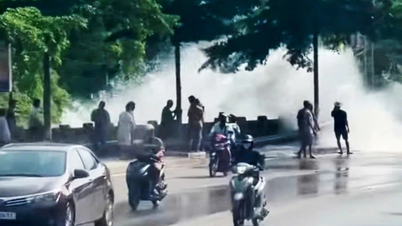




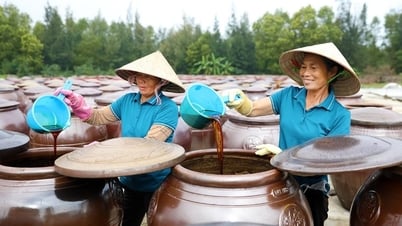







Comment (0)